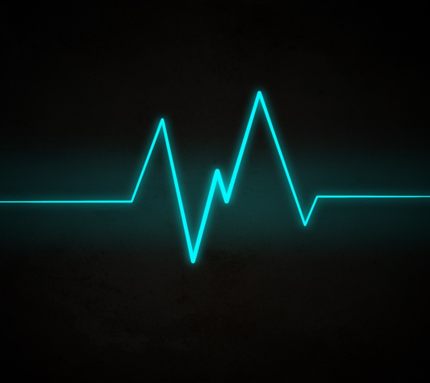In this article, I will talk about resistance training and cardio, particularly their respective effects on the metabolism and muscles.

Most resistance training involves short but intense bouts of effort. Glycogen stocks (used for energy production) are not the most solicited. This type of effort is produced by white fibers (type 2) also known as fast-twitch fibers. Resistance training will cause small lesions to form on these fibers, which will then be reconstructed with more volume (a growth induced by a growth hormone).
Cardio-based training, on the other hand, usually lasts longer but is less intense. It stimulates red fibers (type 1, or slow-twitch fibers) which have a slower contractile speed and a low potential of hypertrophy (which explains why their growth takes longer than that of white fibers.) This type of training is the kind that takes the most glycogen from within the muscles. For the body, the adaptation that results from this utilization is an augmentation of the stocks. It is also important to note that besides glycogen, fatty acids are also used during the effort.
No matter the type of workout you do, it will put you in a “catabolic” state- which simply means that the body is breaking down different elements (this is the oxidation): glycogen, fatty acids or amino acids (the building blocks of muscle). During a workout, the muscle will “cannibalize” itself, which is in itself not a good thing.
Seeing as anabolism (the construction of tissue) is only possible when energy stocks are full, it becomes easier to understand why mixing cardio and resistance training is not the best if you are looking to put on muscle mass. The situation is worsened if a person performs both kinds of activity within the same day.
Cardio sessions
I would personally avoid longer cardio sessions on workout days. Placed at the end of a workout (and performed in fasted state) you will increase the break down of fat (known as lipolysis) but this also means you will increase catabolism, all while diminishing your glycogen stocks, which means in other words a delayed anabolism.
Strength-training sesh
This type of training requires little glycogen compared to the amount cardio requires to sustain the bout of exercice. This is why having full glycogen stocks ends up to be counter-productive when it comes to building muscle, since most of this glycogen will be used by the cardio training.
In other words, everything is a question of balance 🙂
During rest days
Cardiovascular training is a good ally for your health, for as well as raising your aerobic capacity (VO2 Max) it will allow you to better your capacity to recover by promoting the circulation of blood and all the nutrients it contains. Nevertheless, be careful not do over-do it, because your muscles heal during rest days. Doing too much cardio is counter-productive and can lead to overtraining (loss of energy, lack of motivation, fatigue, injury…)
It could be interesting to have 2-3 low-intensity cardio sessions a week, or 1-2 at a higher intensity.

